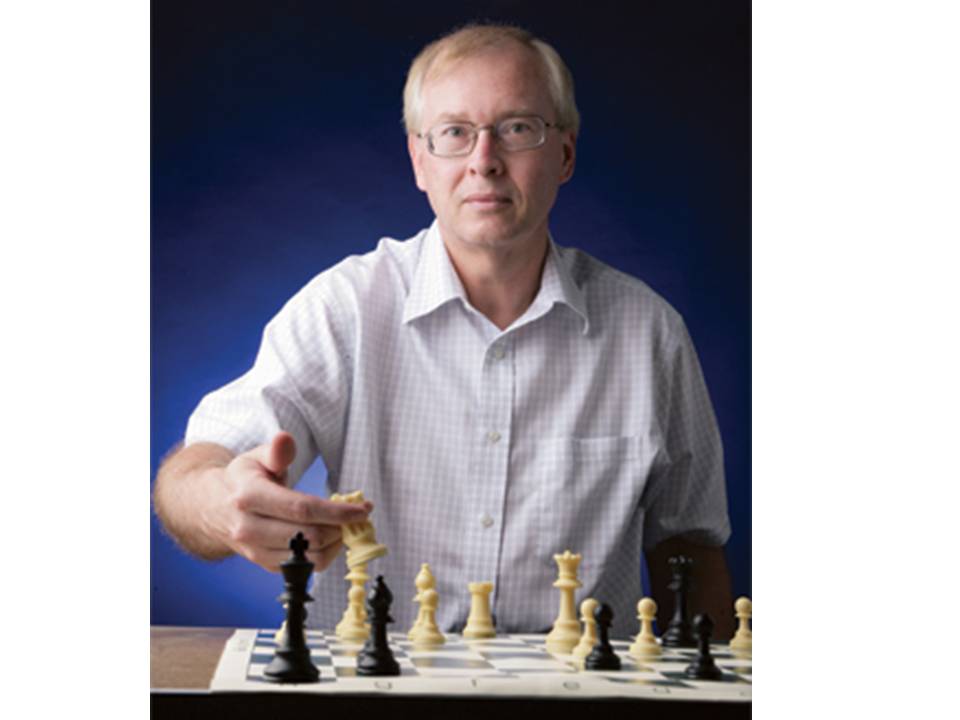| Line 5: | Line 5: | ||
| − | Nyquist's Theorem, also called the Nyquist-Shannon Sampling Theorem, is a theorem in the field of digital signal processing. Nyquist's Theorem is credited to Harry Nyquist and Claude Shannon, though its fundamental discovery was made by E. T. Whittaker | + | Nyquist's Theorem, also called the Nyquist-Shannon Sampling Theorem, is a theorem in the field of digital signal processing. Nyquist's Theorem is credited to Harry Nyquist and Claude Shannon, though its fundamental discovery was made by E. T. Whittaker [1]. In signal processing, there are discrete-time signals and continuous-time signals. When time is viewed as a discrete variable, then any function of time is thought of as having distinct values at separate points in time. In this view, the variable being measured is measured once in each time period between measurements. In many applications, such as tracking the number of shipments each day, time can be considered a discrete variable. However, the physical world presents a different view: time as a continuous variable. When time is a continuous variable, the variable measured over time only has its value for an infinitely small moment in time. The infinite time values cannot all be exactly measured, because instruments of measurement only can make measurements periodically. Therefore, there has to be a jump from the continuous form of time that is apparent in the real world to the discrete form of time used in measurement. Nyquist's Theorem makes this jump. |
<br /> | <br /> | ||
| − | [[File:Harry Nyquist.jpg|frameless| center |Harry Nyquist, one of the creators of Nyquist's Theorem | + | [[File:Harry Nyquist.jpg|frameless| center |Harry Nyquist, one of the creators of Nyquist's Theorem [2].]] |
| − | <small>Harry Nyquist, one of the creators of Nyquist's Theorem | + | <small>Harry Nyquist, one of the creators of Nyquist's Theorem [2].</small> |
<br /><br /> | <br /><br /> | ||
| − | Nyquist's Theorem enables scientists and engineers to model a continuous-time signal | + | Nyquist's Theorem enables scientists and engineers to model a continuous-time signal with discrete time measurements. Essentially, the theorem seeks to find the minimum frequency of measurements needed to completely capture all of the information in a signal. In practical cases, one can use Nyquist's Theorem to ensure that all essential signal information is collected, while not wasting effort measuring with too much detail. |
<br /> | <br /> | ||
[[ Walther MA271 Fall2020 topic21|Back to Walther MA271 Fall2020 topic21]] | [[ Walther MA271 Fall2020 topic21|Back to Walther MA271 Fall2020 topic21]] | ||
Revision as of 23:39, 5 December 2020
Introduction to Nyquist’s Theorem
Nyquist's Theorem, also called the Nyquist-Shannon Sampling Theorem, is a theorem in the field of digital signal processing. Nyquist's Theorem is credited to Harry Nyquist and Claude Shannon, though its fundamental discovery was made by E. T. Whittaker [1]. In signal processing, there are discrete-time signals and continuous-time signals. When time is viewed as a discrete variable, then any function of time is thought of as having distinct values at separate points in time. In this view, the variable being measured is measured once in each time period between measurements. In many applications, such as tracking the number of shipments each day, time can be considered a discrete variable. However, the physical world presents a different view: time as a continuous variable. When time is a continuous variable, the variable measured over time only has its value for an infinitely small moment in time. The infinite time values cannot all be exactly measured, because instruments of measurement only can make measurements periodically. Therefore, there has to be a jump from the continuous form of time that is apparent in the real world to the discrete form of time used in measurement. Nyquist's Theorem makes this jump.
Harry Nyquist, one of the creators of Nyquist's Theorem [2].
Nyquist's Theorem enables scientists and engineers to model a continuous-time signal with discrete time measurements. Essentially, the theorem seeks to find the minimum frequency of measurements needed to completely capture all of the information in a signal. In practical cases, one can use Nyquist's Theorem to ensure that all essential signal information is collected, while not wasting effort measuring with too much detail.
Back to Walther MA271 Fall2020 topic21

![Harry Nyquist, one of the creators of Nyquist's Theorem [2].](/rhea/images/thumb/b/b4/Harry_Nyquist.jpg/180px-Harry_Nyquist.jpg)
